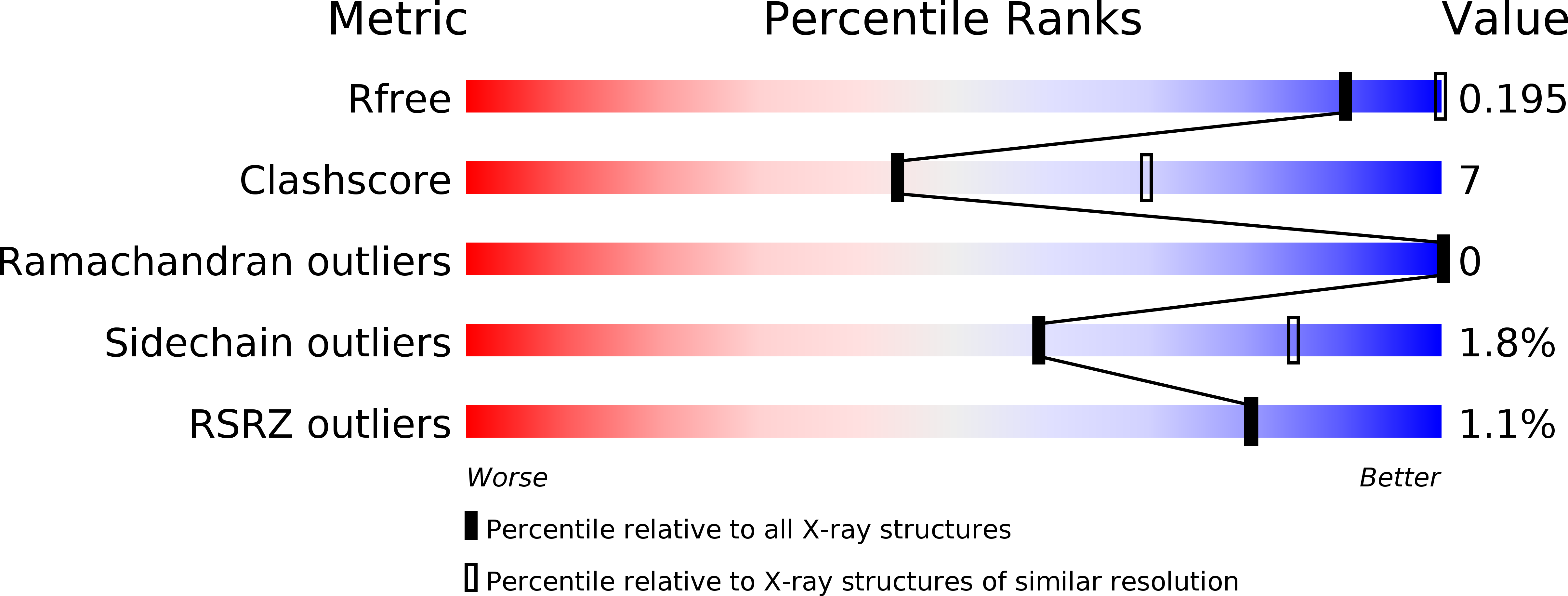
Deposition Date
2017-08-21
Release Date
2017-09-13
Last Version Date
2023-11-22
Method Details:
Experimental Method:
Resolution:
2.90 Å
R-Value Free:
0.23
R-Value Work:
0.17
R-Value Observed:
0.17
Space Group:
P 21 2 21


